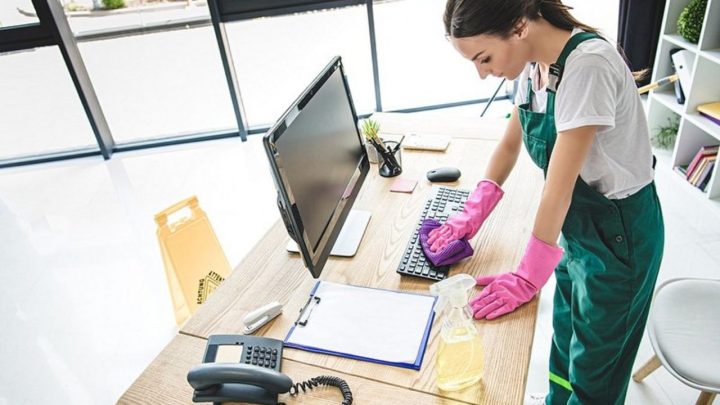
When it comes to wholesale slaughter as well as meat preparation, having the proper cut-resistant balanced approach is crucial. Butchers Gloves provide the best alternative of versatility but also flexibility, as well as strong cut – resistant prevention against blades. Studded leather gloves, color-coded knife shade gloves, boning as well as blanching gloves, as well as food-safe biodegradable as well as washable butcher gloves are all available.
Who can use these gloves?
A safe operation glove expert chose the butchering gloves mostly in the following section. Suitable for meat processing workers who need to safeguard themselves from slicing and several other risks by utilizing sharp angle grinders but also knives. This same butcher frequently collaborates with individuals who are less competent as well as experienced, and even some younger helpers who need appropriate protectivebutcher gloves equipment to prevent any unnecessary catastrophes. Then again, there is also a lot more apparatus at quite a fish and chip shop than just a few kitchen blades; there seem to be band saws and some other chopping and slashing machines that may inflict substantial damage. Knives aren’t all considered equivalent. Knives for boning, slaughtering, clinging, and cracking have various applications. As a result, the edges of each of the blades are unique.

Processors as well as slicers
If it is not handled appropriately, meat crushers as well as slicers can result in serious injuries, disfigurement, and sometimes even fatality. Before using the cutter and blender, make sure they’re in good working order. Eliminate any equipment that is defective, malfunctioning, especially worn out. Ensure that all safety measures and safeguards are in position. Access control protocols should be used for cleanliness, servicing, correcting, repairs, replacing components, maintenance, but also clearing jams, as well as ensuring that suitable PPE, including such protective clothing, is used.
Be careful about where the hands can be when operating a slicer as well as the grinder. Whenever you start on the cutter or crusher, make sure the settings are right.
Knife safety begins with the clothing you wear
The first piece of safety equipment or PPE to avoid cuts as well as punctures is a pair of durable work boots that will protect the legs whenever a knife or even other dangerous item falls to the floor. During working, aprons will protect the upper legs as well as chest from scratches but also slashes. The arms can indeed be protected by wearing gauntlets. These hands are protected by cut-resistant butcher’s gloves, which are generally constructed of mesh as well as Kevlar. Trim -resistant gloves can even be placed around and through latex but rather nitrile gloves that keep them hygienic, extend their life, and increase your control while working.



